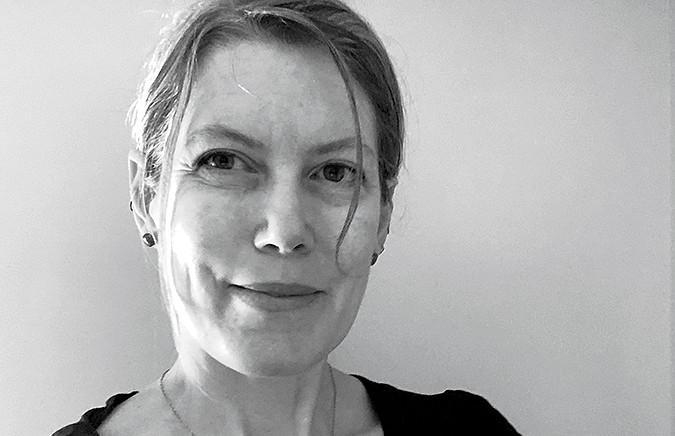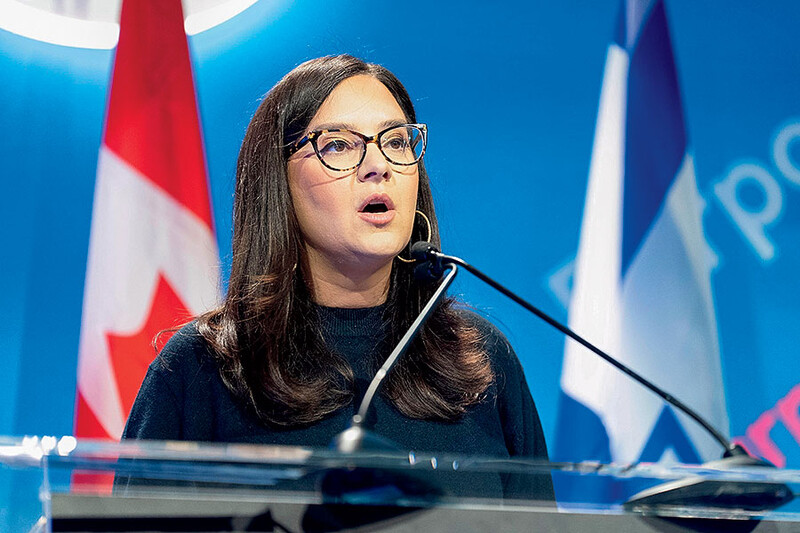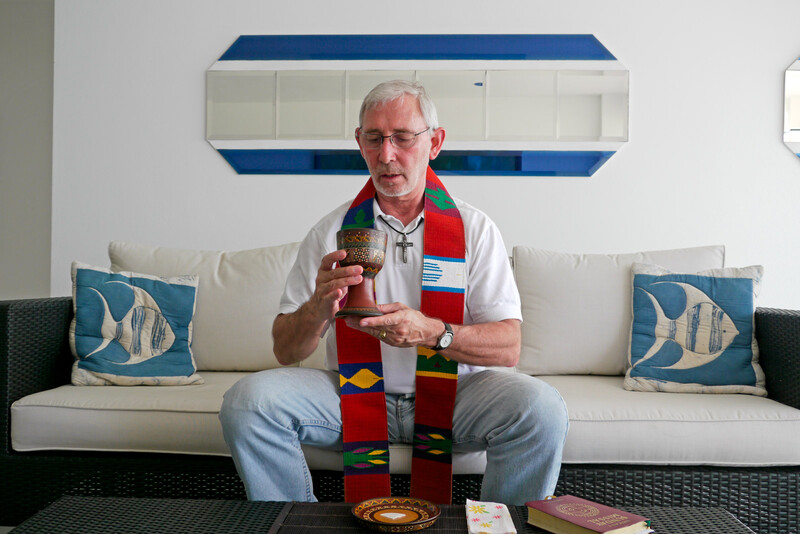Jennifer Brunton ’06GSAS had always excelled academically, but socially she considered herself at the bottom of the class. She found everyday interactions challenging, had difficulty understanding people and their relationships, and struggled to grasp simple social cues. She knew that her way of thinking was different, but she couldn’t pinpoint how or why.
During her senior year of college, an incident happened that has stayed with her ever since. “My computer broke, and I asked a close friend — one of a friend group of five — to borrow hers. Next thing I knew, my friends didn’t seem to like me anymore. It was clear I had really offended them.”
Brunton struggled to figure out what she had done. “In retrospect, I believe I missed my friend’s repeated hints that she needed her computer back, but I’m not sure I would get those hints today either,” she admits. Brunton eventually reconnected with the group after college, “but that period was among the most painful of my life. I felt so terribly alone, and as if all my efforts to become ‘normal’ and be loved and trust people had failed.”
It wasn’t until a few years later, when Brunton was studying for her sociology PhD at Columbia, that she was finally able to attach a name and explanation to what made her different. “I read a book called Nobody Nowhere, a memoir written by Donna Williams, an autistic woman. For the first time in my life, I knew who I was.”
After graduation, Brunton worked briefly as a professor at a community college, then as a writer and editor. She married and had two children, and since she could pass as neurotypical, her condition remained a private matter. But after Brunton’s son was diagnosed with autism and started to face discrimination in school, she began to see the importance of “accepting and celebrating his unique neurology.” Along the way, she says, “I became an advocate and activist in the civil-rights frontier of neurodiversity.”
Brunton created a blog, Full Spectrum Mama, named because “I felt like my daughter and son were at opposite ends of certain behavioral, emotional, and neurological spectrums.” The blog was a place for Brunton to process what her family was experiencing and share what was working and what wasn’t. “It was quite therapeutic for me. Over time it’s become an amazing community with hundreds of thousands of readers.”
This year, Brunton published a book with Jenna Gensic called The #ActuallyAutistic Guide to Advocacy, which draws on the experiences of more than a hundred autistic people to show how their minds work differently while suggesting ways to open up more opportunities for them. Some of the common mistakes that neurotypical people make when interacting with autistic people include, according to Brunton: “Privileging ‘experts’ over autistic people themselves. Assuming that autistic people need or want to be ‘cured.’ Feeling sorry for us. Treating us like children. Assuming their way of thinking is superior.”
Brunton mentions a recent article in Columbia Magazine as an example of this bias. A story about autism research opened with a reference to autism “prevention.” “Since autism is an integral, constitutive aspect of many autistic people’s identities, autism-prevention efforts directly threaten the personhood and fundamental worth and validity of this already-marginalized population,” Brunton says. “I would never claim to speak for all autistic people, but I do feel reasonably certain that very few of us want to be ‘prevented.’”
Given the extensive variation in autistic perspectives and experiences, Brunton encourages people to listen to those on the autism spectrum and treat each one as a unique individual. “Respect different ways of communicating and being in the world,” she urges. “We want to make space for the fact that people with neurodivergent brains are valuable human beings with strengths and weaknesses just like everyone else, and thus absolutely worthy of full inclusion.”
This article appears in the Fall 2022 print edition of Columbia Magazine with the title "Thinking Differently."



